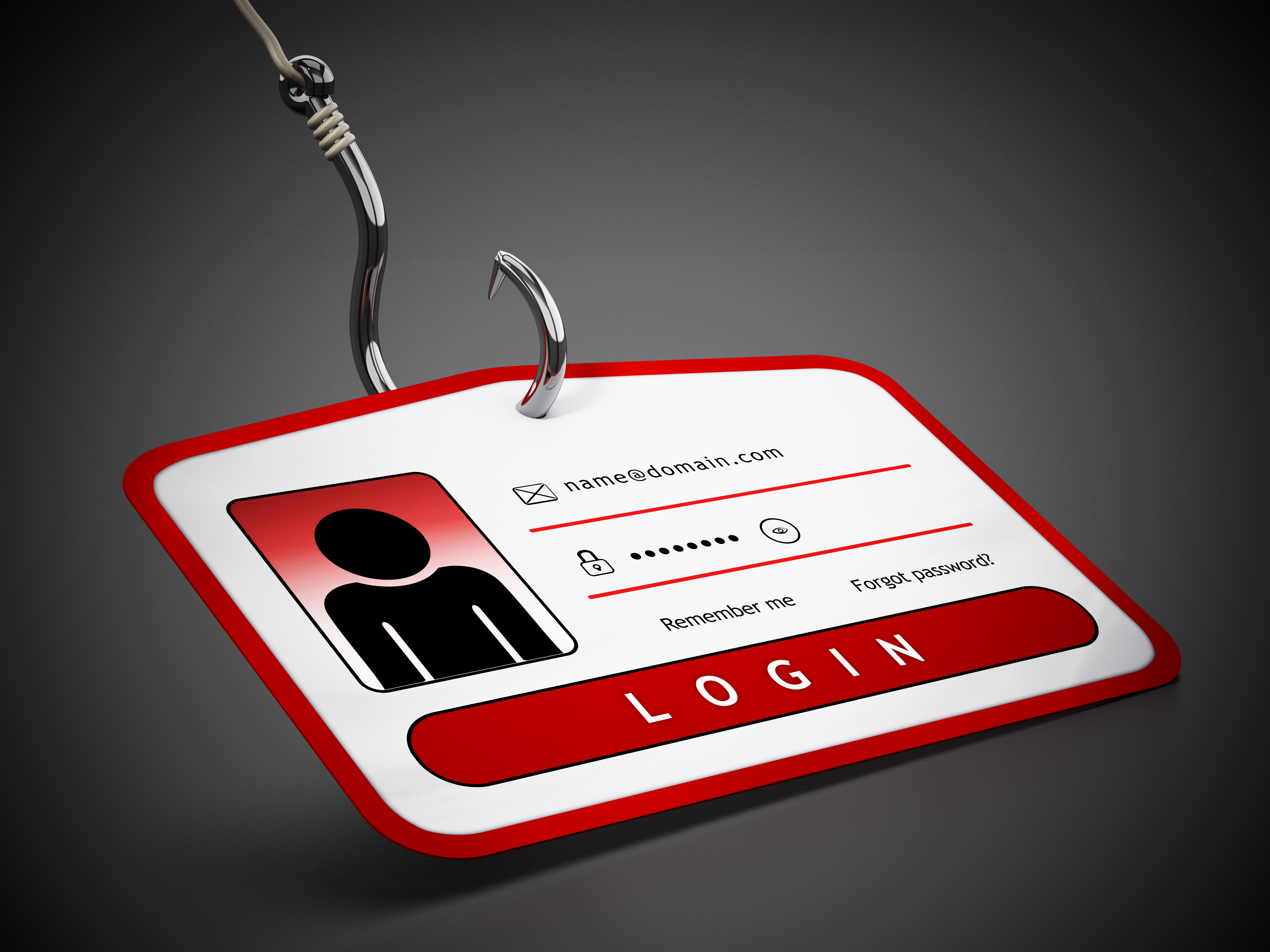LastPass phishing hack could trick users into giving away their password
Exploit capable of bypassing two-factor authentication thanks to open API, but LastPass says it has taken action

LastPass users could be tricked into giving away their login details, because of a design flaw that has been described as "hard-to-fix and easy-to-exploit".
The flaw, dubbed LostPass', puts users at risk of phishing attacks and is said to be capable of bypassing two-factor authentication, making it a serious security risk.
Sean Cassidy, security researcher and CTO of Praesidio, a cloud-based cybersecurity firm, discovered the flaw, which he has shared in a blog post and discussed at ShmooCon 2016.
LastPass is a widely-used password management service that allows users to store all of their account details and passwords for other services in a secure vault. Users remember just one password and then have access to all their others.
The LostPass attack
By default, LastPass displays messages inside and across users' web browsers. It is these messages that Cassidy said attackers can fake "pixel-for-pixel" to dupe unsuspecting users into giving away their login details.
In Cassidy's words, LastPass "trained users to expect notifications in the browser viewport". Login pages, notifications and account recall prompts all appear as new tabs, pop-ups or banners in users' web browsers. This means hackers could fake these notifications and users would be none the wiser if they visited, or were redirected to, a website containing malicious code.
Get the ITPro daily newsletter
Sign up today and you will receive a free copy of our Future Focus 2025 report - the leading guidance on AI, cybersecurity and other IT challenges as per 700+ senior executives
Once a user visits an attacker's fake LastPass login page, Cassidy said it would it would not be difficult for a hacker to steal user credentials via the LastPass API, even if that user has two-factor authentication enabled.
Because attackers can access LastPass's open API, Cassidy explained: "Once the attacker has the correct username and password (and two-factor token), [they can] download all of the victim's information from the LastPass API. We can install a backdoor in their account via the emergency contact feature, disable two-factor authentication, add the attacker's server as a trusted device'. Anything we want, really."
A malicious attack that did gain access to a users account could do serious harm, especially if users store master passwords to other services, such as their online banking details, shopping accounts or app store logins.
Such an attack works best in the Google Chrome browser, said Cassidy.
However, LastPass said it has now strengthened its defences against such an attack, such as by requiring all users to certify any new device via their email accounts.
LastPass bypassed
This particular security flaw is both technical and communicative. Even the most discerning user could be fooled by this attack, which requires "no sophisticated knowledge".
Moreover, Cassidy asserted that enabling two-factor authentication actually makes this particular type of attack against LastPass "easier", because LastPass sends an email confirmation when a new IP address attempts to log in by default.
Cassidy said: "This should stop the attack almost entirely, but it doesn't. According to LastPass's documentation, the confirmation email is only sent if you don't have two-factor authentication enabled."
Explaining why he published details of this exploit, Cassidy said: "As soon as I published details of this attack, criminals could make their own version in less than a day. I am publishing this tool so that companies can pen-test themselves to make an informed decision about this attack and respond appropriately.
"This is backwards for most vulnerability disclosures. Most vulnerabilities are easy-to-fix and hard-to-exploit. This is hard-to-fix and easy-to-exploit, so I felt that a tool release was appropriate."
As well as avoiding keeping essential or financially sensitive account information in their LastPass vault, Cassidy recommended that users watch out for in-browser notifications, enable IP restriction (if they pay for its premium service), and disable mobile login.
Cassidy debuted his findings at a conference over the weekend, and LastPass has taken notice. It has published details of its response to Cassidy's phishing attack flaw, which can be read here.
A LastPass spokeswoman told IT Pro: "We have made improvements in response to Cassidy's research and have many layers of protection in place to mitigate this phishing attack notably our verification requirements when an account is being accessed from a new location or device.
Regarding the two-factor authentication loophole specifically, she added: "We have now enabled email verification for all users, including those with two-factor authentication enabled for their account.
"We always recommend that users choose a strong master password that is never used for any other account, and turning on two-factor authentication for additional protection. It's also important to protect your email account with a strong, unique password and two-factor authentication, if your email provider offers it.
"As always, security is our focus here at LastPass. We value the contributions from the research community that help us offer an even more secure service and provide us an opportunity to educate users about security threats."
This is not the first case of a hack that could potentially blow users' LastPass vaults wide open. In June 2015, hackers reportedly made off with user data.
Last November, security researchers Alberto Garcia and Martin Vigo published an account of their own attempts to hack LastPass.
Cassidy has posted the code for his finding to GitHub.
This article was originally published on 18 January 2016 at 12:25. It was updated late that day with a comment from LastPass at 13:50.
-
 The Race Is On for Higher Ed to Adapt: Equity in Hyflex Learning
The Race Is On for Higher Ed to Adapt: Equity in Hyflex LearningBy ITPro
-
 Google faces 'first of its kind' class action for search ads overcharging in UK
Google faces 'first of its kind' class action for search ads overcharging in UKNews Google faces a "first of its kind" £5 billion lawsuit in the UK over accusations it has a monopoly in digital advertising that allows it to overcharge customers.
By Nicole Kobie
-
 Capita tells pension provider to 'assume' nearly 500,000 customers' data stolen
Capita tells pension provider to 'assume' nearly 500,000 customers' data stolenCapita told the pension provider to “work on the assumption” that data had been stolen
By Ross Kelly
-
 Gumtree site code made personal data of users and sellers publicly accessible
Gumtree site code made personal data of users and sellers publicly accessibleNews Anyone could scan the website's HTML code to reveal personal information belonging to users of the popular second-hand classified adverts website
By Connor Jones
-
 Pizza chain exposed 100,000 employees' Social Security numbers
Pizza chain exposed 100,000 employees' Social Security numbersNews Former and current staff at California Pizza Kitchen potentially burned by hackers
By Danny Bradbury
-
 83% of critical infrastructure companies have experienced breaches in the last three years
83% of critical infrastructure companies have experienced breaches in the last three yearsNews Survey finds security practices are weak if not non-existent in critical firms
By Rene Millman
-
 Identity Automation launches credential breach monitoring service
Identity Automation launches credential breach monitoring serviceNews New monitoring solution adds to the firm’s flagship RapidIdentity platform
By Praharsha Anand
-
 Neiman Marcus data breach hits 4.6 million customers
Neiman Marcus data breach hits 4.6 million customersNews The breach took place last year, but details have only now come to light
By Rene Millman
-
 Indiana notifies 750,000 after COVID-19 tracing data accessed
Indiana notifies 750,000 after COVID-19 tracing data accessedNews The state is following up to ensure no information was transferred to bad actors
By Rene Millman
-
 Pearson fined $1 million for downplaying severity of 2018 breach
Pearson fined $1 million for downplaying severity of 2018 breachNews The SEC found the London-based firm made “misleading statements and omissions” about the intrusion
By Rene Millman